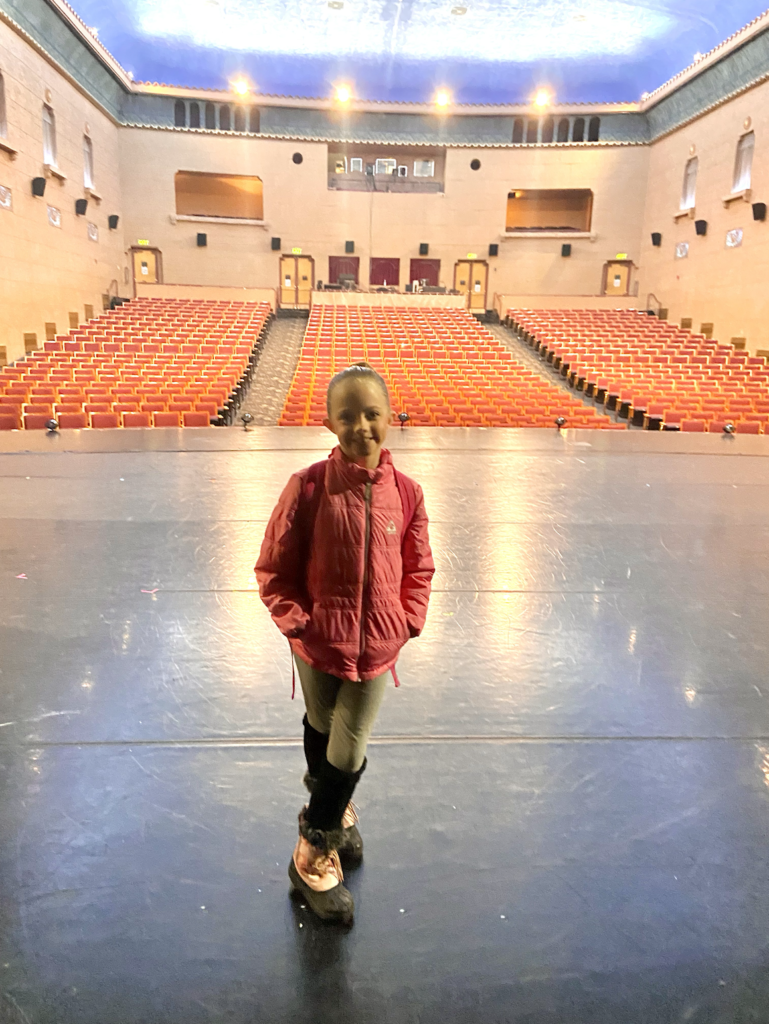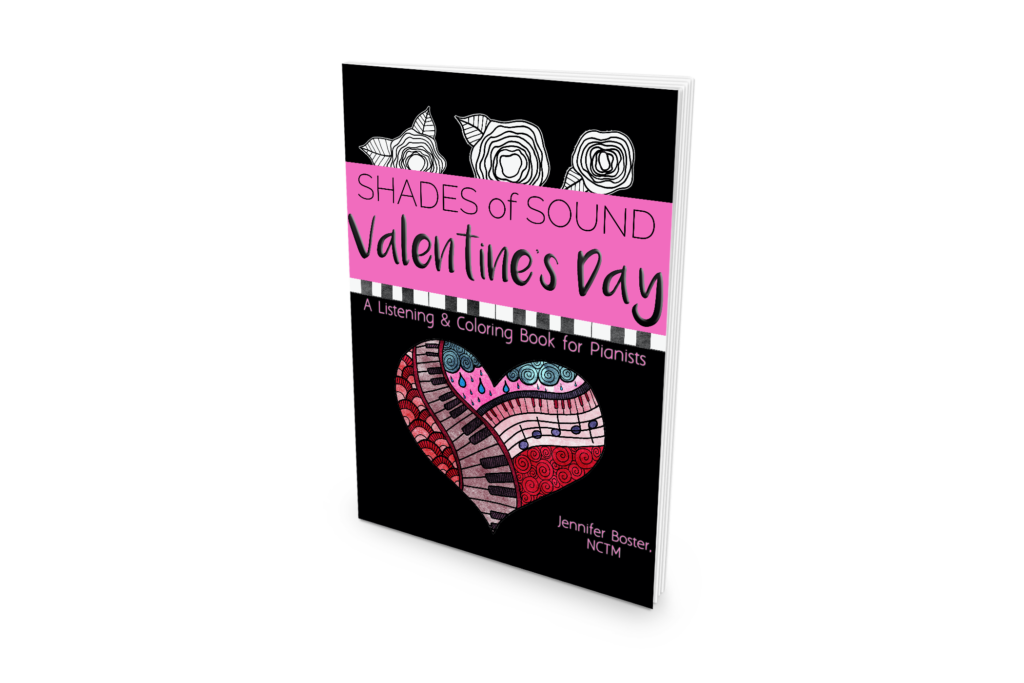Starting Places: A Plan of Action Against Memory Slips
This piano memory trick will protect you against memory slips!

I will never forget a piano recital I attended as a teenager. It was my teacher’s semi-annual studio recital. I don’t remember which piece I performed. But I will never forget the performance of a teenage boy in my studio.
He played a very impressive late-Romantic piano solo. It was fast and fun and bombastic. It was almost flawless…until the very last chord. He had a complete memory blank and could NOT play the final chord. He kind of searched around for a minute, trying a few different chords, but to no avail. Finally, he kind of shrugged his shoulders and slunk off the stage and said, “Sorry.”
Sadly, the only thing most people probably remembered after that performance was that he forgot the last chord. Performing from memory can be scary, and I’m sure we all have our share of memory slip stories to share.
Today I want to share an important memory trick that will help to protect you and your students against these types of devastating memory slips. This memory trick is Starting Places.
Using Starting Places will help give your students a plan of actionfor when a memory slip happens (it happens to all of us!). It is a great way TO memorize, as well as a great way to CHECK your memory.
As you prepare to memorize your piece, mark your piece into small sections.You want to create a “Starting Place” at the beginning of each section. This can be as simple as drawing an X above the staff at each spot. Be SURE to include the VERY LAST chord or note as a Starting Place (so your fate will not be the same as the teenage boy at my recital). Now you are ready to memorize!
Your goal is to memorize each Starting Place SUPER well. You want to be able to sit down at the piano and start your piece, from memory, at ANY of the Starting Places. Many students will only always start at the beginning, which means they will know the beginning REEEALLY well, but the other sections – not so much. Start at a different section each day. Work on each section beginning a lot so you know each of them really well.
As soon as you have the Starting Places learned, you can start to quiz yourself.See if you can play through the entire piece skipping from Starting Place to Starting Place. So first you will start at the beginning of the piece and play a few bars – and then skip right to the next Starting Place. Continue to do so until you have reached the end of your piece. What this is doing is teaching you what to do in case of a memory slip – simply skip to the closest Starting Place. The audience will hardly know anything has gone awry.
You can also practice your Starting Places backwards. See if you can start by playing the very last chord, or the last Starting Place of your piece. After you play that, play the second-to-last Starting Place to the end. Then the third-to-last. Continue in this manner until you reach the beginning of the piece, after which you may play the entire piece through.
This is such an important Memory Trick that will help to safeguard you and your students against random memory slips at a performance. What is YOUR favorite memory trick to teach your students?
Want to learn 39 other Memory Tricks to teach your students (or use yourself??) Check out the Memory Tricks Pack today! This resource will help you teach your students why we should use multiple types of memory in our memorizing, and will give them specific memorization strategies using four different memory types.



















